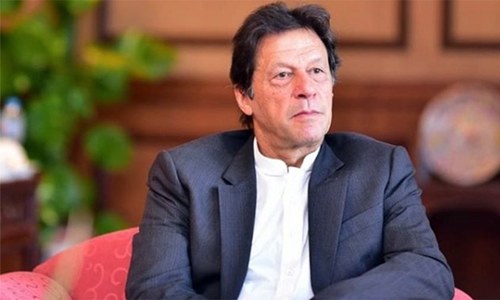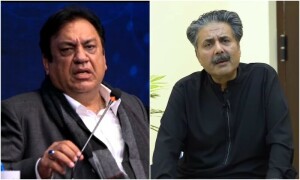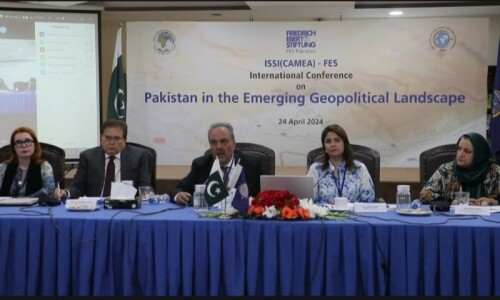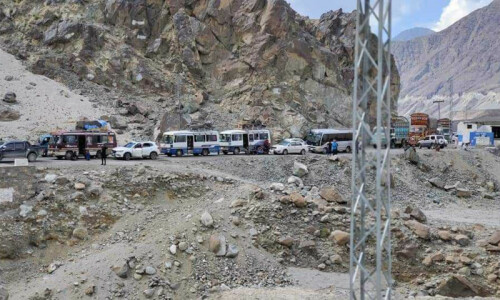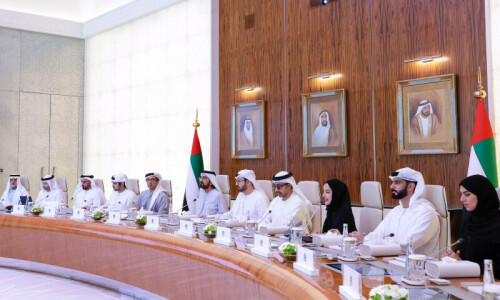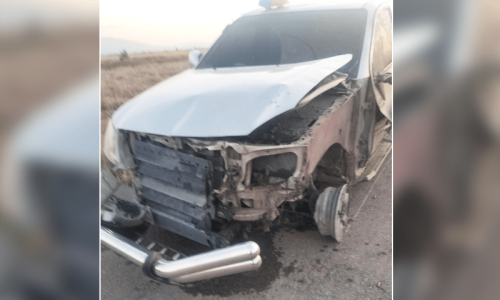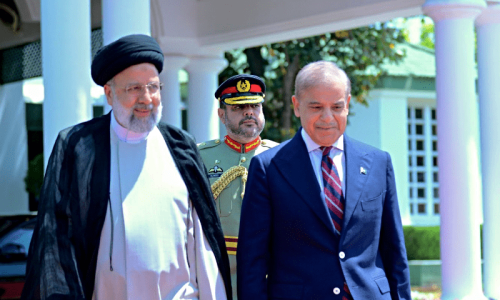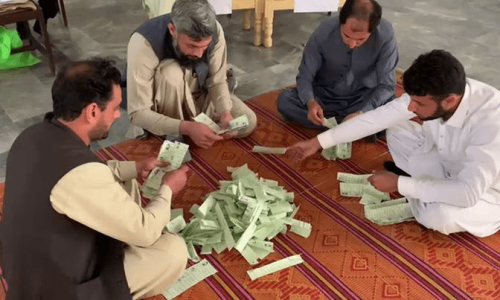ON Sunday, Saarc representatives appeared in a video conference to discuss how they could tackle the novel coronavirus threat (COVID-19), as the number of infected patients around the world suddenly climbed over the weekend. In this rare attempt to highlight a common concern, Special Assistant to the Prime Minister on Health Zafar Mirza underscored the importance of working together and developing a regional mechanism for sharing health-related information.
A common enemy presents a window of opportunity for all countries at odds to put aside their differences — at least, for the time being — and take on the virus on a war footing. Dr Mirza correctly labelled COVID-19 “the most serious global health emergency in the last 100 years”. To his credit, the health adviser has tried his best to take charge of the situation from day one. Perhaps there would have been greater awareness of Pakistan’s efforts in the fight against the virus had Prime Minister Imran Khan participated in the video conference as his Bangladeshi and India counterparts did.
The global death toll is over 6,500 and set to climb, and millions of people continue to be exposed to the infection. In neighbouring Iran, one of the worst-hit countries, the total number of deaths exceeded 850 — over 120 in the past two days alone.
In Pakistan, the first COVID-19 case was detected about a month ago, when a young man who had returned from pilgrimage in Qom, Iran, tested positive in Karachi. While he fortunately recovered due to timely detection, over 180 others have since been diagnosed with COVID-19 in the country. Out of these, a few are said to be in critical condition.
Undoubtedly, and regrettably, this figure will keep rising in the coming days as tests confirm the worst, as they did in Peshawar, which reported 15 cases yesterday. The vast majority of cases have been found in Sindh, particularly in Karachi and Sukkur, where several travellers from Taftan who had returned from pilgrimage in Iran tested positive. But this may just be because the Sindh government is taking a more proactive, hands-on approach in dealing with the crisis, while understanding the gravity of the situation and the crucial need for honesty.
In yesterday’s press conference, Sindh Chief Minister Murad Ali Shah did not gloss over the facts, laying the numbers before the media, even as reports of more confirmed cases were relayed to him. While the situation is indeed grim, the provincial government’s transparency is laudable.
There is also the question of other pilgrims from Taftan who would have returned to their homes in KP, Balochistan and Punjab. Peshawar has just announced a number of such cases. What about Punjab and Balochistan — where is their data? Are screening facilities adequate in these provinces? ‘Don’t panic’ does not mean one should be paralysed either.
Published in Dawn, March 17th, 2020

